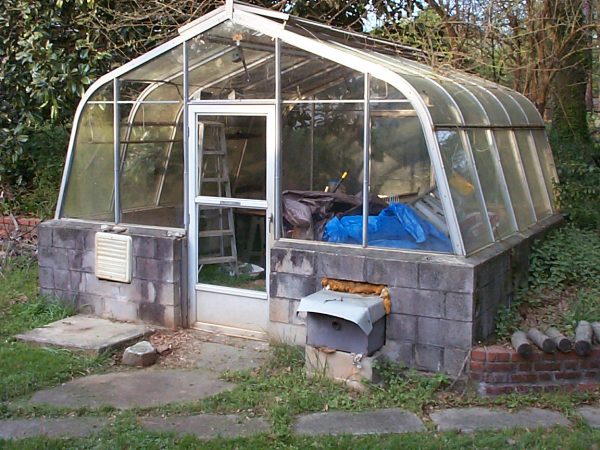St Augustine – Planting Sod
Kill all weeds by spraying the area with a non-selective weed killer two weeks before planting.
• Till the soil thoroughly to a depth of six inches, mixing in the recommended amount of lime and fertilizer (1-800-ASKUGA-1)
• If you have not had the soil tested for its lime and fertilizer needs, dig in 50 pounds of lime and 20 pounds of 5-10-15 fertilizer per 1000 square feet. In addition, cover the entire area with a layer of composted material one inch thick. Mix the lime, fertilizer and organic matter thoroughly with the soil.
• Rake the area smooth, removing rocks, clumps and grassy debris.
• Roll the area with a water-filled roller to reveal low spots.
• Fill low spots with soil.
• Important: Irrigate with 1/4 to 1/2 inch of water the night before laying sod. The soil should be damp when you start working.
• Starting along the longest straight edge of the area, lay sod pieces end-to-end.
• Make sure each piece is tightly placed next to its neighbor.
• Stagger sod pieces in adjacent rows so seams do not line up.
• Use a small hatchet or sharp shovel to trim pieces to fit around obstructions.
• Roll the entire area once more, to insure good sod-to-soil contact.
• Water the sod thoroughly (see below).
WATERING
The best time to water a lawn is in the morning, preferably before noon. This allows the grass to dry before nightfall, reducing the risk of disease. Take into account recent rainfall when deciding how much to apply. Watering restrictions may impact how often you can irrigate. Check www.georgiadrought.org for the latest information. If restrictions mandate watering every other day, the schedules below may be modified to fit the rules.
How to measure the amount of water applied by irrigation:
• Place six identical containers randomly in the area wetted by your sprinkler.
• Plastic cups can be used but weight them down with a heavy washer in the bottom of each.
• Let your sprinkler run for an hour.
• Measure the depth of water that has accumulated in each cup.
• Calculate the average of the depths. This gives you the amount (in inches) that has been applied in an hour.
• Make a mental calculation of how long it will take to apply an inch of water.
• Don’t be surprised if your sprinkler must run for more than an hour to apply the water your lawn needs.
WATERING NEW SOD
• One inch of water immediately after sod is laid.
• Apply enough water daily to prevent the top one inch of soil from drying until sod is rooted to the soil
• After that, apply one-fourth inch of water every third day for nine days.
• Next apply one-half inch of water every fifth day for ten days.
• After this establishment period, apply one inch of water per week for the rest of the growing season.
• There is no need to water if rainfall supplies the correct amount.
(Use good judgment on the water amounts listed above. They may differ depending on what time of year you’re planting in.)
•• Use a trowel to check how far water soaks into the soil after irrigation.
•• Heavy clay soil slowly absorbs water. If water runs off before it is absorbed, split the irrigation into two sessions an hour apart.
•• Sandy soil absorbs water rapidly but dries out quickly. Consider splitting the recommended inch of water per week into two irrigations of one-half inch of water three days apart.













